Hares are a common prey species in many ecosystems, and as such, they face predation from several types of predators. These animals play an essential role in maintaining ecological balance by regulating the population size of hares.
Predators that target hares vary depending on the geographical location and habitat type. In North America, for example, hare populations are hunted by coyotes, foxes, lynx, wolves, eagles, and owls.
This article will explore the different types of predators that threaten hare populations worldwide and their impact on these vulnerable creatures.
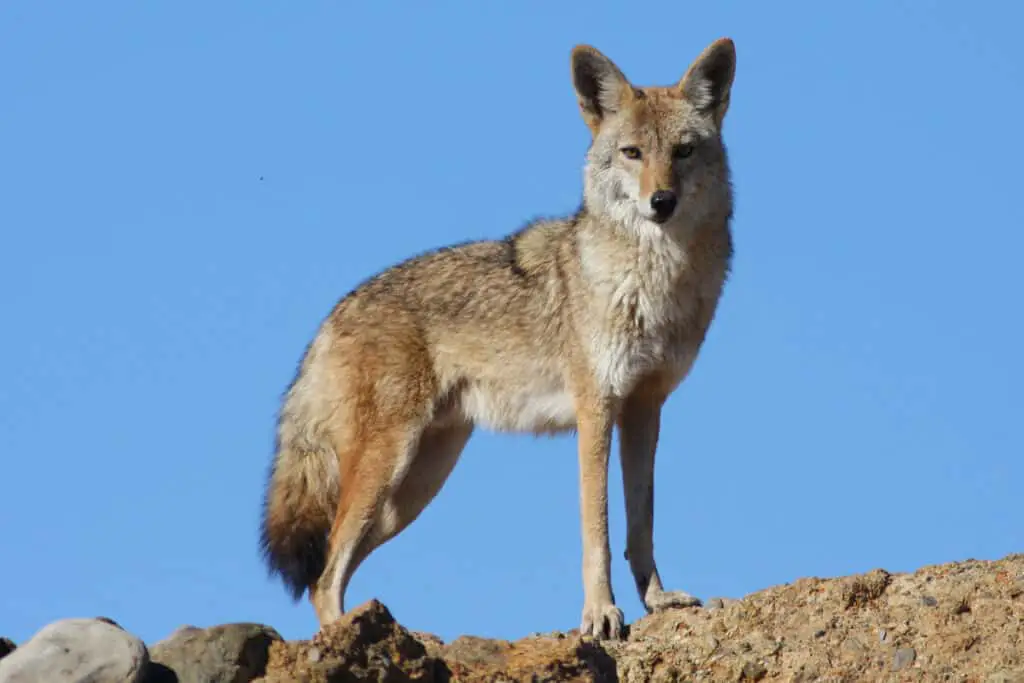
Coyotes In North America
Coyotes are one of the main predators of hares in North America. These animals are highly adaptable and can be found in a variety of habitats, including forests, grasslands, and deserts.
Coyotes are opportunistic hunters that feed on a wide range of prey, including small mammals like rabbits, rodents, and hares.
Their hunting habits typically involve stalking their prey until they get close enough to pounce. They also use their keen sense of hearing to locate potential targets from afar.
To control coyote populations, measures such as trapping and relocation have been implemented by wildlife management agencies.
Despite these efforts, coyotes remain a common predator of hares across many regions of North America.
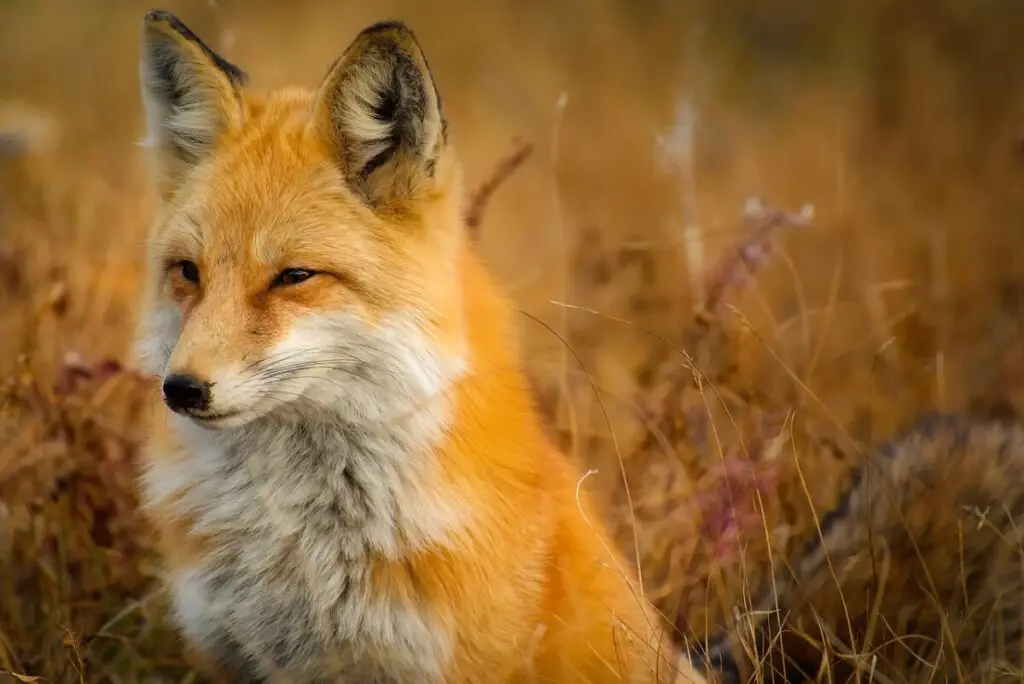
Foxes In Europe
It is no secret that foxes are one of the most common predators of hares, especially in Europe. This agile and cunning animal has been known to prey on not only adult hares but also their young ones. Foxes hunt primarily at night and use stealth tactics to approach their prey before pouncing on them with great speed.
The European red fox (Vulpes vulpes) is the most widespread species of fox throughout Europe, where it can be found in various habitats, from dense forests to open fields. Despite hunting being a major threat to hare populations, fox hunting remains a popular activity among humans in some parts of Europe.
However, there have been increasing efforts towards conservation and management of these animals as well as their habitats through public awareness campaigns and legal frameworks aimed at protecting vulnerable wildlife populations. Additionally, research into alternative methods for controlling predator populations without resorting to lethal control measures such as shooting or trapping is ongoing.
Some strategies employed by conservationists include:
- Developing non-lethal techniques such as scare devices
- Encouraging habitat restoration activities that support healthy populations
- Promoting sustainable land-use practices
- Educating local communities about coexistence with wild animals
- Collaborating with stakeholders like farmers who might experience conflicts with predators
Elk’s Predators Exposed: Unveiling the Natural Foes
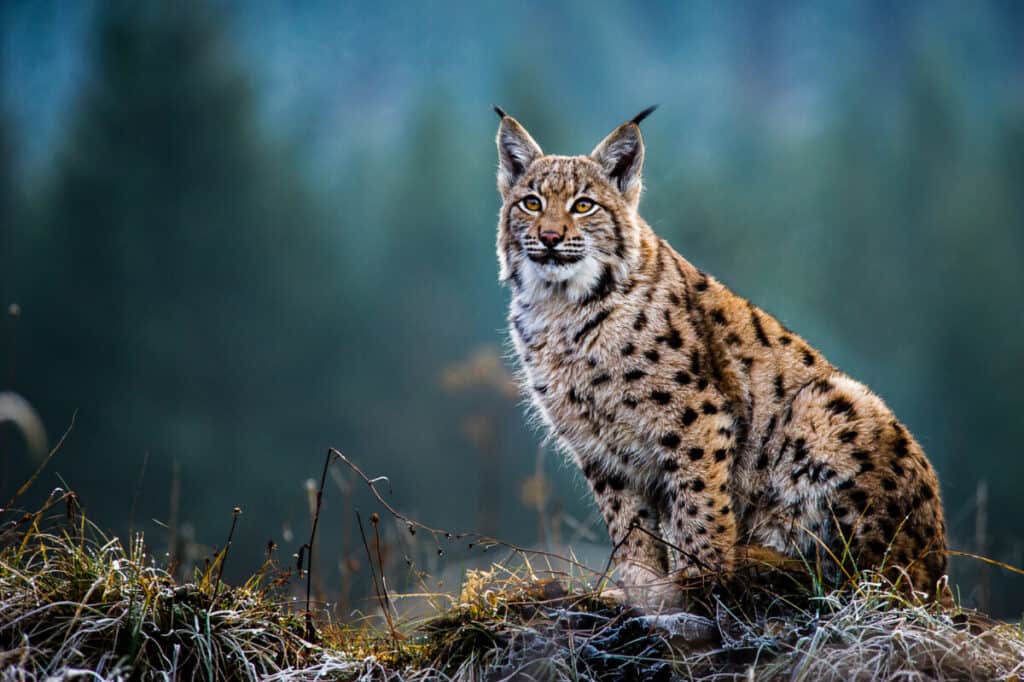
Lynx In Northern Asia
Having explored the topic of foxes in Europe, it is important to also consider the ecological significance of other predators in different parts of the world. One such predator that plays an important role in controlling herbivore populations is the lynx found in northern Asia.
Lynx are known for their hunting behavior and ability to take down prey much larger than themselves. They primarily hunt small mammals like hares, voles, and squirrels but have been known to go after deer as well. Their presence has a significant impact on the ecosystem by keeping herbivore populations from becoming too large and damaging vegetation. Additionally, they serve as a food source for other predators higher up on the food chain. Overall, lynx play an important role in maintaining balance within their respective ecosystems.
In terms of hunting behavior, lynx rely heavily on their acute senses to track down prey. Their keen sense of hearing helps them detect rodents under snow or foliage while their sharp vision allows them to spot potential targets from afar. Once they locate prey, they will stealthily stalk it before pouncing with incredible speed and agility.
It’s no wonder these elusive cats have earned a reputation among hunters and wildlife enthusiasts alike for being one of the most skilled predators around.
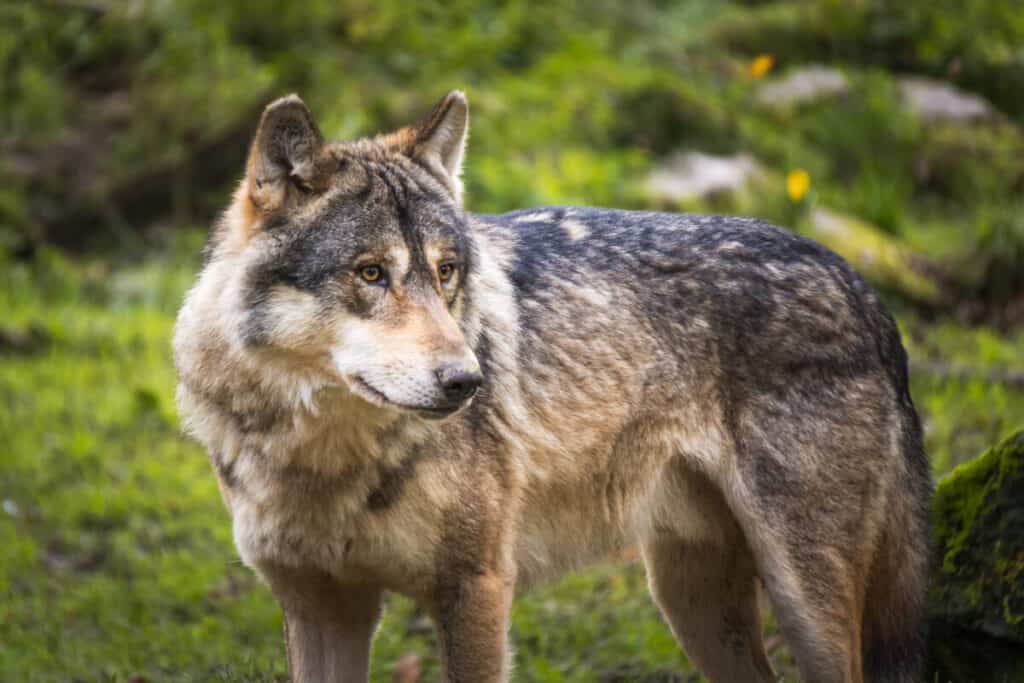
Wolves In Russia
In Russia, wolves are a common predator of hares. These apex predators can be found in various regions across the country, from the dense forests of Siberia to the open plains of the southern steppe.
Wolves have been known to hunt alone or in packs and are highly adaptable hunters capable of preying on a wide range of animals including deer, elk, and wild boar. Hunting techniques used by wolves vary depending on their prey preference. When hunting hares specifically, they often use a combination of speed and endurance to chase down their quarry as well as ambush tactics when necessary. Additionally, wolves will also target young or weak individuals for an easier catch.
Despite being formidable predators themselves, wolves still face competition from other carnivores such as lynx and foxes who may also hunt hares for food. Wolf populations in Russia are estimated to be around 30,000. They play an important role in regulating prey populations.
Wolves were once heavily persecuted due to conflicts with humans but conservation efforts have helped protect them over recent years. In some areas where wolf numbers are high, there has been concern over livestock predation leading to conflict between local communities and wolf conservationists. The reintroduction of top predators like wolves into ecosystems can have positive effects on biodiversity and ecosystem health overall.
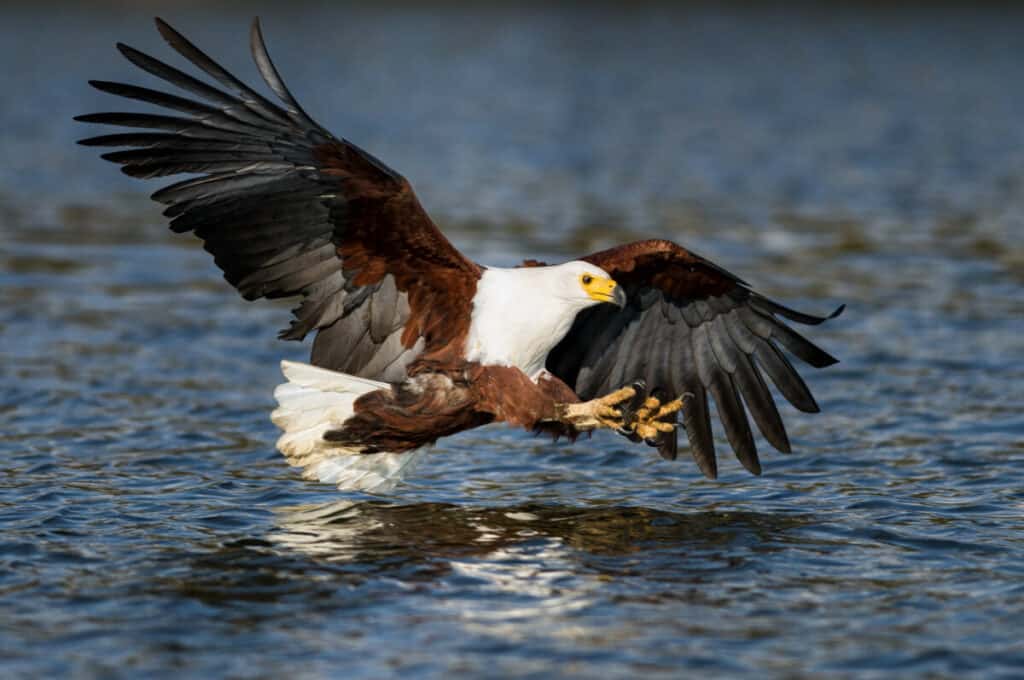
Eagles In Africa
Eagles are one of the top predators in Africa, and they play an important role in controlling populations of various prey species.
While hares may not be their primary target, eagles have been known to predate on these small mammals.
The African Fish Eagle is a common sight near water bodies where it hunts for fish, but it has also been observed hunting birds and small mammals like hares.
The increased human activity and habitat destruction in many parts of Africa put pressure on eagle populations, making conservation efforts crucial.
These efforts include monitoring eagle populations and habitats, reducing disturbance at nesting sites, and working with local communities to promote sustainable land use practices that benefit both people and wildlife.
By protecting these magnificent creatures along with their habitats, we can ensure that future generations will continue to witness the awe-inspiring sight of eagles soaring overhead while playing their vital ecological roles within African ecosystems.
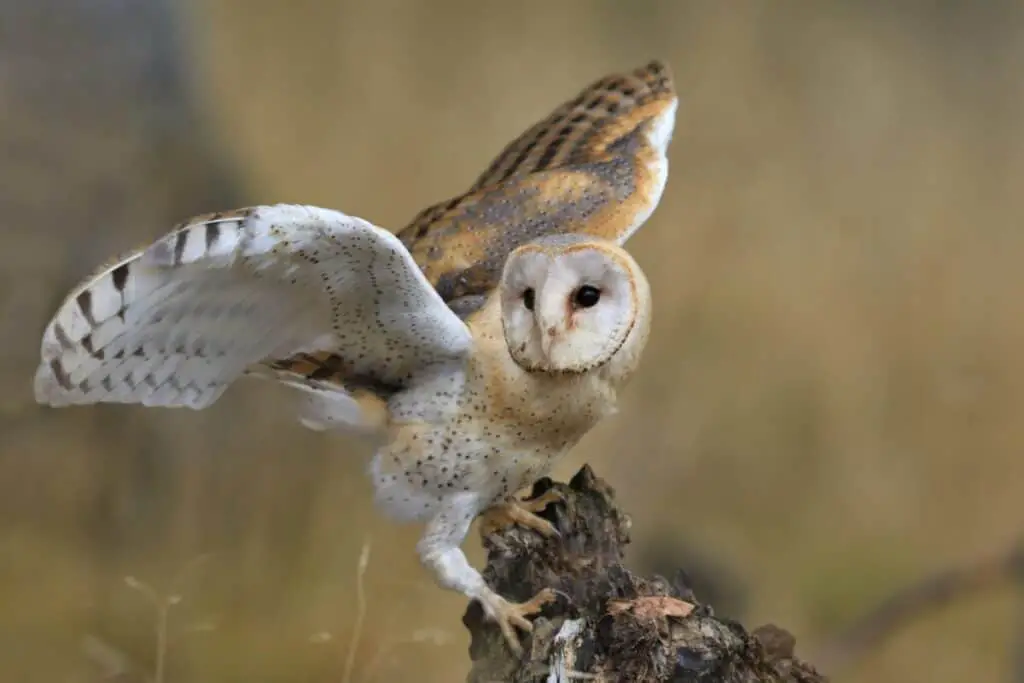
Owls In Australia
Owls in Australia are an important part of the ecosystem. There are 11 owl species present on the continent, and they play a vital role as predators.
These birds of prey hunt mostly at night, using their keen eyesight and silent flight to catch small mammals such as rats, mice, and rabbits. The most common owls found in Australia include the Barn Owl, Southern Boobook, Powerful Owl, Barking Owl, and Masked Owl.
Each has its own unique characteristics and hunting techniques that allow them to survive in different environments across the country. Despite being efficient hunters themselves, however, owls can also fall victim to larger predators such as eagles or foxes.
Impact On Hare Populations Worldwide
The impact of predators on hare populations is a crucial factor to consider in the conservation efforts aimed at their survival. Predators play an important role in regulating prey populations, and hares are no exception. The most common predators of hares include coyotes, foxes, lynxes, wolves, eagles, and owls.
However, human activities have disrupted this natural balance by altering predator-prey dynamics. Human wildlife conflict has led to increased predation pressure on hares as a result of habitat loss and fragmentation caused by urbanization and agricultural expansion. Human encroachment into previously undisturbed habitats has also facilitated access for invasive species that further threaten these animals’ survival.
Conservation efforts must take into account both natural predation patterns and human-induced threats if they are to be successful in preserving hare populations worldwide.

Conclusion
Hares are prey to a variety of predators worldwide. In North America, coyotes are their main predator, while in Europe, foxes take the lead role as hare predators.
Lynx and wolves prey on hares in Northern Asia and Russia respectively. Eagles have been known to hunt hares in Africa, whereas owls do so in Australia.
Predators play an essential role in regulating animal populations by controlling population growth and maintaining ecosystem balance. However, excessive predation can lead to a decline in hare populations worldwide.
Understanding the relationships between predators and their prey is crucial for effective wildlife management and conservation efforts. Conservationists must work towards balancing the needs of both predator and prey species while considering factors such as habitat loss, climate change, hunting pressure, disease outbreaks, and other human activities that threaten biodiversity globally.

